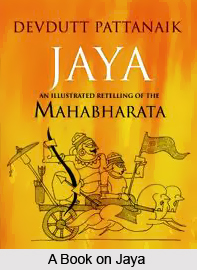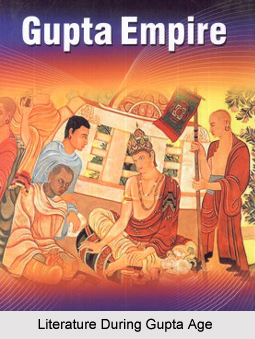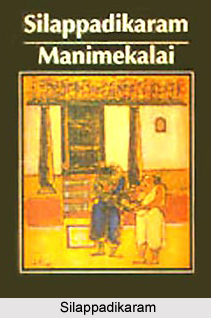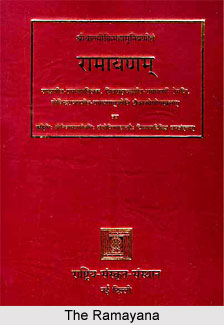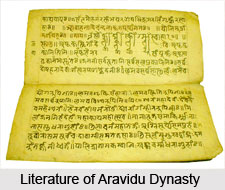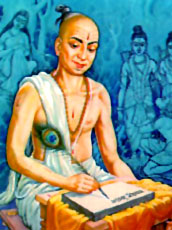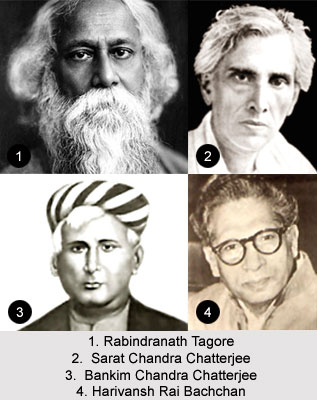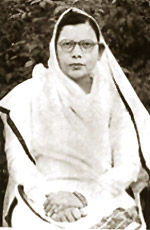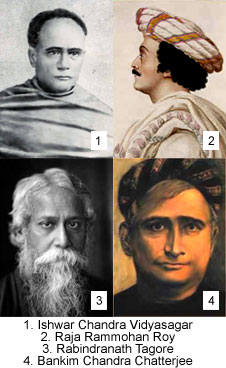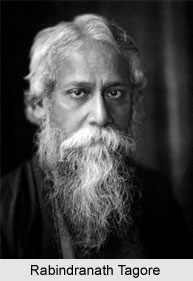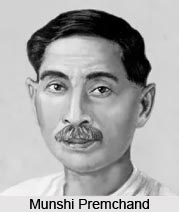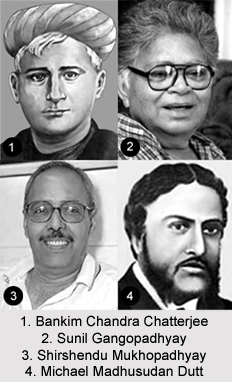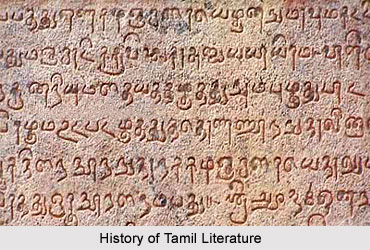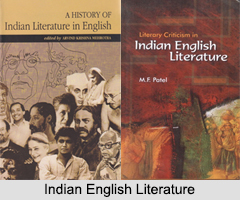Hymns in Book X of Atharva Veda starts with a charm against witchcraft. The following hymn is regarding Purusha. The third hymn is a charm to secure long life, health, prosperity. A magic to destruct poisonous snakes constitute the fourth hymn. The fifth hymn is a charm to overthrow a rival thereby gaining strength, dignity, long life and children. The sixth hymn is a glorification of a powerful amulet. The seventh hymn is regarding the Pillar of all existence. The eighth hymn is on speculations on the Supreme Being and Cosmogonical and theological matter. The hundred fold oblations form the ninth hymn. The final hymn is on the glorification of the sacred cow that represents beaming heaven.
This article is a stub. You can enrich by adding more information to it. Send your Write Up to [email protected]
